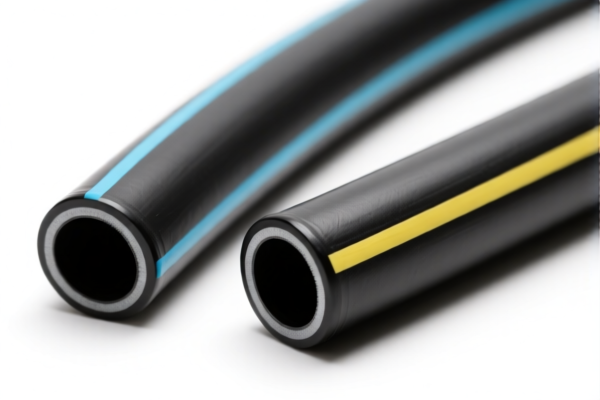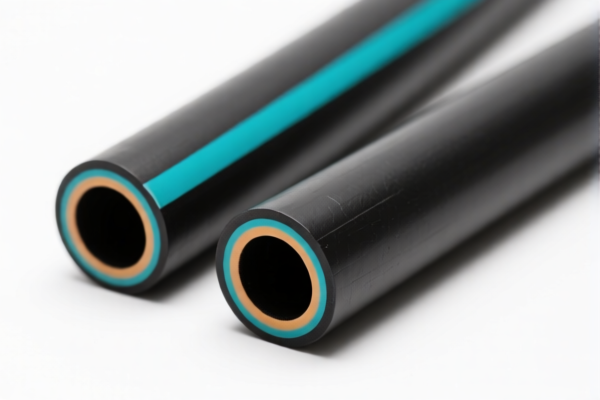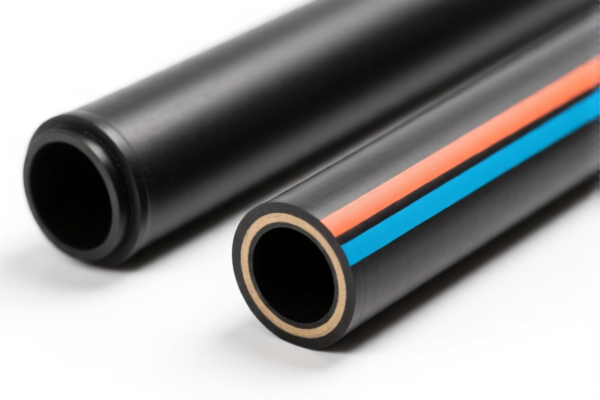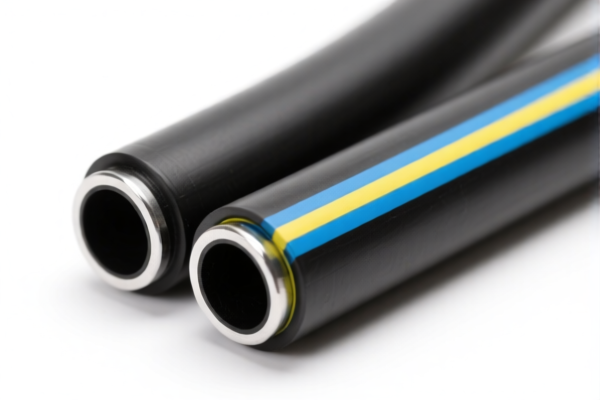| HS Code | Official Doc | Tariff Rate | Origin | Destination | Effective Date |
|---|---|---|---|---|---|
| 8712004800 | Doc | 66.0% | CN | US | 2025-05-12 |
| 8712005000 | Doc | 3.7% <u></u>+55.0% | CN | US | 2025-05-12 |
| 8714950000 | Doc | 63.0% | CN | US | 2025-05-12 |
| 8714998000 | Doc | 47.5% | CN | US | 2025-05-12 |
| 7326902500 | Doc | 80.0% | CN | US | 2025-05-12 |
| 7326908605 | Doc | 82.9% | CN | US | 2025-05-12 |




Bicycle Seat Tube
The seat tube is a crucial component of a bicycle frame, connecting the bottom bracket to the seat post and saddle. It plays a significant role in the bike's overall strength, rigidity, and ride comfort.
Material
Seat tubes are commonly constructed from the following materials:
- Steel: Traditionally used, offering durability and a comfortable ride due to its inherent flexibility. Heavier than other options. Often found on entry-level and classic bicycles.
- Aluminum: Lightweight and stiff, providing efficient power transfer. A common material for mid-range to high-end bikes. Different alloys (e.g., 6061, 7005) offer varying levels of strength and weight.
- Carbon Fiber: Extremely lightweight and allows for complex shapes to optimize stiffness and compliance. Used in high-performance road and mountain bikes. More expensive and potentially susceptible to damage from impact.
- Titanium: Offers a good balance of strength, weight, and ride comfort. Corrosion-resistant and durable, but expensive.
Purpose & Function
- Structural Support: The seat tube connects the bottom bracket shell to the saddle, providing a key connection point for pedaling forces.
- Saddle Support: It houses the seat post, which supports the saddle and rider weight.
- Steering Influence: The seat tube's length and diameter contribute to the bike’s overall stiffness and handling characteristics. A stiffer seat tube generally enhances power transfer, while a more compliant one can improve ride comfort.
- Aerodynamics (on some models): On aerodynamic road bikes, the seat tube shape is designed to minimize drag.
Usage Scenarios
The seat tube is integral to all types of bicycles, including:
- Road Bikes: Typically feature thinner diameter seat tubes designed for efficient power transfer and weight reduction.
- Mountain Bikes: Often have wider and more robust seat tubes to withstand the stresses of off-road riding.
- Hybrid Bikes: Utilize seat tubes with a balance of strength and comfort for varied terrain.
- City Bikes: Focus on durability and rider comfort.
- BMX Bikes: Strong, often steel, seat tubes designed to withstand impacts and tricks.
Common Types & Features
- Straight Gauge: The seat tube has a consistent diameter throughout its length. Found on older or more affordable bikes.
- Butted: The seat tube has varying wall thicknesses. Thicker at the ends (where stresses are higher) and thinner in the middle to save weight. Common variations include single-, double-, and triple-butted tubes.
- Tapered: The seat tube diameter changes along its length, often wider at the bottom bracket for increased stiffness.
- Integrated Seatpost: The seatpost is permanently fixed within the seat tube, often found on aerodynamic road bikes to further improve aerodynamics and reduce weight.
- Dropper Post Compatibility: Mountain bike seat tubes are designed to accommodate dropper posts, allowing the rider to adjust saddle height on the fly. Internal cable routing is common.
- Suspension Compatibility: Full suspension bikes have seat tubes designed to integrate with the rear suspension system.
- External/Internal Cable Routing: Seat tubes may have provisions for routing cables internally or externally for shifting and dropper posts.
The bicycle seat tube is a component of a bicycle frame, connecting the saddle to the main frame. Its classification depends on its material and specific function. Here are relevant HS codes based on the provided information:
- 8712.00.48.00: This HS code covers “Other bicycles”. The tax rate details are: Basic tariff: 11.0%, Additional tariff: 25.0%, Additional tariff after 2025.4.2: 30%. The total tax rate is 66.0%. This code applies if the seat tube is part of a complete bicycle.
- 8714.95.00.00: This HS code covers “Parts and accessories of vehicles of headings 8711 to 8713: Other: Saddles”. The tax rate details are: Basic tariff: 8.0%, Additional tariff: 25.0%, Additional tariff after 2025.4.2: 30%. The total tax rate is 63.0%. This code is relevant if the seat tube is considered an integral part of a saddle assembly.
- 7326.90.25.00: This HS code covers “Other articles of iron or steel: Other: Other: Cable or inner wire for caliper and cantilever brakes and casing therefor, whether or not cut to length”. The tax rate details are: Basic tariff: 0.0%, Additional tariff: 25.0%, Additional tariff after 2025.4.2: 30%. The total tax rate is 80.0%. This code might be applicable if the seat tube incorporates internal cabling for brake or shifting mechanisms.
- 7326.90.86.05: This HS code covers “Other articles of iron or steel: Other: Other: Other Rods for electrical grounding (potentially if the seat tube is a rod-like structure)”. The tax rate details are: Basic tariff: 2.9%, Additional tariff: 25.0%, Additional tariff after 2025.4.2: 30%. The total tax rate is 82.9%. This code could be relevant if the seat tube functions as a grounding rod, particularly in specialized bicycle designs.
Important Note: The classification of the seat tube is highly dependent on its material composition (iron, steel, or other) and its specific function within the bicycle.
Proactive Suggestion: For HS code 7326.90.25.00 and 7326.90.86.05, please note the additional tariff of 25% applies to steel and aluminum products. The reference material indicates a potential need to verify the material composition of the seat tube.
Customer Reviews
No reviews yet.